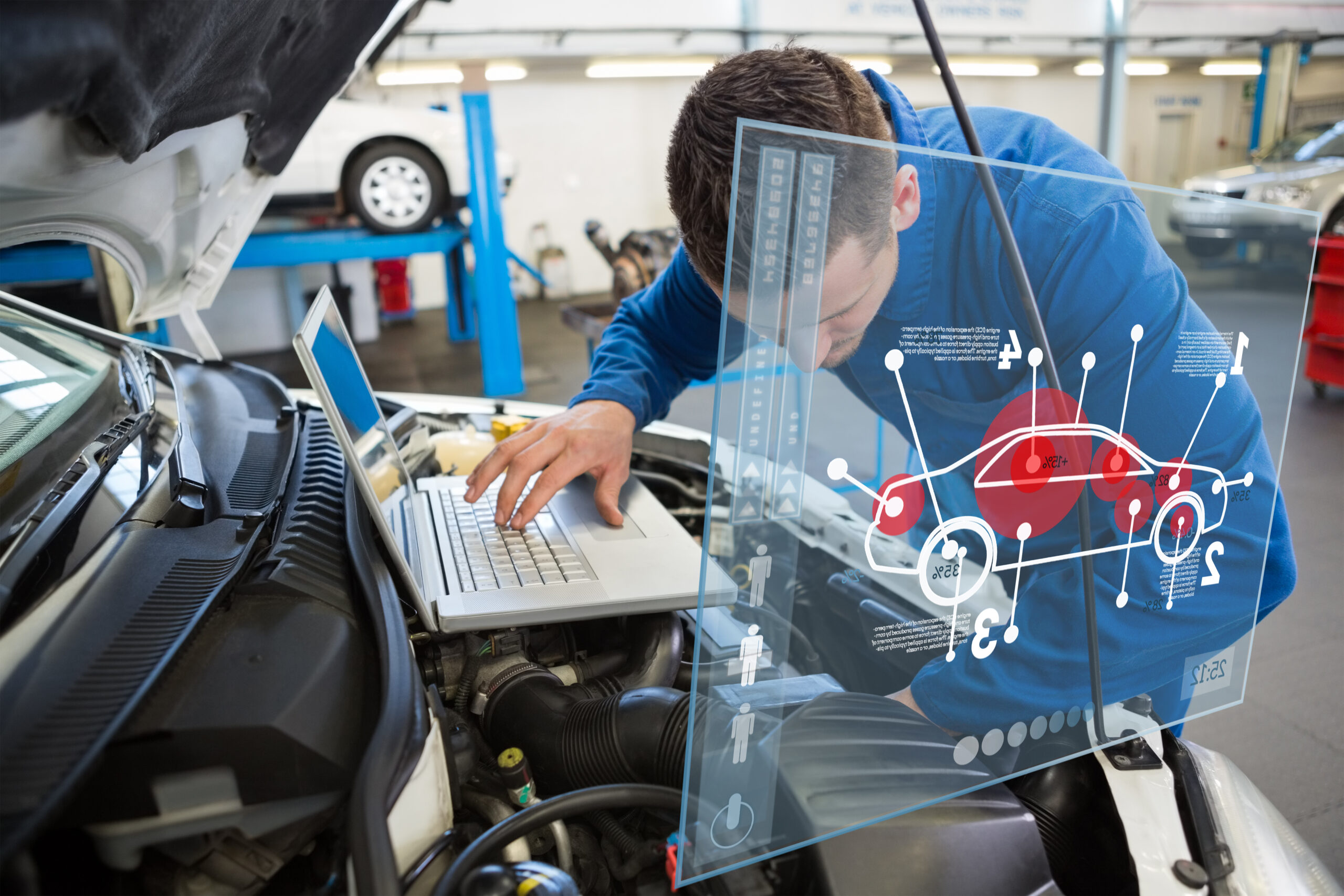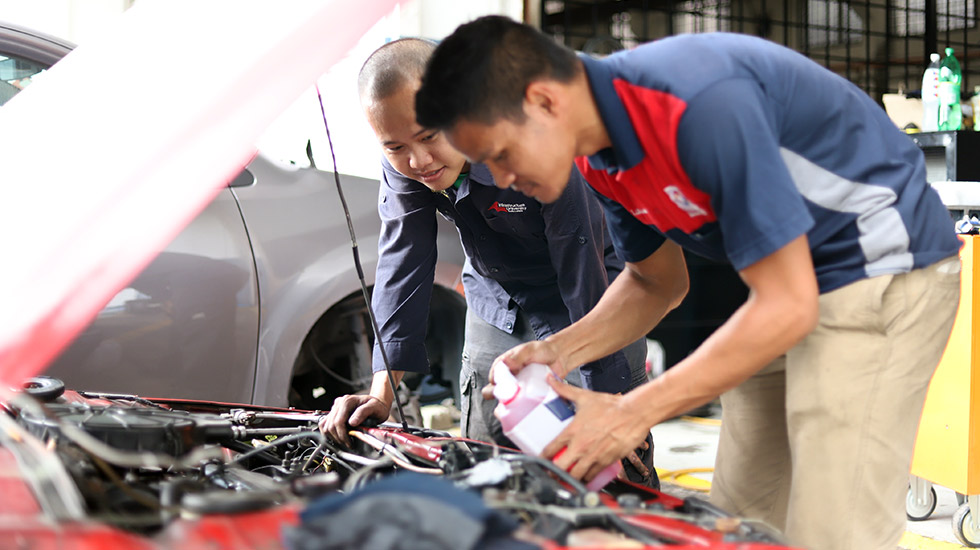Innovative Car Engineering Techniques to Boost Performance

car engineering techniques In the ever-evolving world of automotive engineering, the quest for performance enhancements drives innovation like never before. From eco-friendly solutions to high-octane horsepower boosts, the car engineering techniques employed by manufacturers and engineers have transformed the industry. This article will delve into a variety of cutting-edge approaches that are redefining what it means to drive a high-performance vehicle, exploring everything from aerodynamics to electrification.

Understanding the Importance of Performance in Automotive Engineering
Performance is a multifaceted term in the automotive industry. It encompasses speed, handling, fuel efficiency, and overall driver experience. Consumers today are increasingly demanding vehicles that not only look good but also provide exhilarating performance on the road. In this context, car engineering techniques play a crucial role in delivering what drivers desire, merging technological advancements with creative engineering solutions.
The Evolution of Performance Standards
Over the years, performance standards have dramatically shifted. Cars from the past were often focused solely on horsepower and top speed. However, modern vehicles now incorporate complex systems designed to enhance handling, stability, and fuel efficiency. As the industry progresses, the emphasis on performance will likely include sustainability and environmental impact, leading to a new generation of cars that are powerful yet eco-conscious.
Aerodynamics: Cutting Through the Air
One of the fundamental aspects of car engineering techniques is aerodynamics. The way a vehicle interacts with air can significantly affect its performance, fuel efficiency, and stability.
Streamlined Designs
Modern vehicles utilize streamlined designs to reduce drag. By minimizing air resistance, cars can achieve higher speeds with less effort. Manufacturers are employing wind tunnel testing and computational fluid dynamics (CFD) to optimize shapes, resulting in vehicles that slice through the air with ease.
Active Aerodynamics
Another innovative approach is the implementation of active aerodynamics. This technology allows vehicles to adjust various components, such as spoilers and air intakes, based on speed and driving conditions. For instance, a retractable rear spoiler may deploy at high speeds to provide downforce, improving traction and stability. This dynamic response to airflow not only enhances performance but also contributes to fuel efficiency.
Lightweight Materials: The Weight of Innovation
Reducing a vehicle’s weight is a crucial factor in boosting performance. Lighter cars can accelerate faster, handle better, and consume less fuel.
Advanced Composites
In recent years, the use of advanced materials like carbon fiber and aluminum has become prevalent in car engineering techniques. Carbon fiber, known for its strength-to-weight ratio, is used in various components, including body panels and structural elements. This innovation not only enhances performance but also improves safety by increasing structural rigidity.
Alloy Wheels
Alloy wheels are another excellent example of lightweight materials being used effectively. Unlike traditional steel wheels, alloy wheels reduce unsprung weight, leading to better handling and responsiveness. They also provide a more aesthetically pleasing look, adding to the overall appeal of the vehicle.
Engine Technologies: Powering the Future
The heart of any vehicle lies in its engine. Innovative car engineering techniques in engine design and management have revolutionized performance.
Turbocharging
Turbocharging has gained immense popularity for its ability to increase engine power without significantly increasing size or weight. By forcing more air into the combustion chamber, turbochargers enable smaller engines to produce power levels traditionally associated with larger engines. This not only boosts performance but also enhances fuel efficiency, as drivers can achieve more power without excessive fuel consumption.
Direct Injection
Direct injection technology is another advancement that contributes to performance enhancement. This technique injects fuel directly into the combustion chamber, allowing for more precise fuel-air mixtures. The result is better combustion efficiency, increased power output, and reduced emissions. As vehicles become more sophisticated, direct injection will likely play a pivotal role in future engine designs.
Suspension Systems: Enhancing Stability and Control
Performance is not just about speed; it’s also about how well a vehicle handles and responds to the driver’s inputs. Innovative suspension systems have become essential in modern car engineering techniques.
Adaptive Suspension
Adaptive suspension systems automatically adjust the damping characteristics of a vehicle’s shocks based on driving conditions. Using sensors, these systems can respond to road imperfections, providing a smoother ride while maintaining handling prowess. This technology allows drivers to experience a comfortable ride during everyday driving while still having the performance capabilities for spirited driving.
Active Roll Control
Active roll control systems further enhance vehicle stability, particularly during cornering. By adjusting the stiffness of the suspension in real-time, these systems can minimize body roll and improve cornering performance. This technology is becoming increasingly common in high-performance and luxury vehicles, allowing for an engaging driving experience without sacrificing comfort.
Electrification: The Power of Hybrid and Electric Systems
As the automotive industry moves toward sustainability, electrification is at the forefront of car engineering techniques. Hybrid and electric vehicles are changing the game, offering performance benefits that traditional internal combustion engines cannot match.
Regenerative Braking
Regenerative braking systems are a hallmark of electric and hybrid vehicles. This technology captures the kinetic energy usually lost during braking and converts it into electrical energy, which can be stored in the battery. This process not only improves energy efficiency but also contributes to increased range, allowing drivers to go further on a single charge.
Performance-Oriented Electric Motors
Electric motors provide instant torque delivery, which translates to rapid acceleration and improved responsiveness. Unlike traditional engines that need to build up RPMs, electric motors deliver power immediately, giving drivers an exhilarating experience. High-performance electric vehicles are now competing with traditional performance cars, proving that electrification does not compromise power.
Smart Technologies: Connectivity Meets Performance
The integration of smart technologies into vehicle systems has become a cornerstone of modern car engineering techniques. These innovations not only enhance performance but also improve the overall driving experience.
Vehicle Dynamics Control
Advanced vehicle dynamics control systems analyze real-time data from various sensors to optimize performance. By adjusting throttle response, braking force, and steering sensitivity, these systems help maintain stability and traction, particularly in challenging driving conditions. This technology empowers drivers to navigate various terrains confidently, enhancing safety and performance.
Infotainment Systems
While infotainment systems primarily focus on entertainment and connectivity, they also play a role in performance optimization. Modern systems can provide drivers with real-time data on vehicle performance metrics, fuel efficiency, and driving behavior. This information allows drivers to make informed decisions that enhance both performance and efficiency.
Future Trends in Car Engineering Techniques
As the automotive landscape continues to evolve, several trends are shaping the future of car engineering techniques.
Autonomous Vehicles
The development of autonomous vehicles is set to redefine performance standards. As vehicles become more self-sufficient, engineers are focusing on optimizing algorithms and sensor technologies to ensure safety and efficiency. This shift will undoubtedly influence future performance enhancements, as the role of the driver transforms.
Sustainable Materials
The push for sustainability will lead to the development of new, eco-friendly materials in automotive design. Engineers are already exploring bio-based composites and recyclable materials that can reduce the environmental impact of vehicle production while maintaining performance standards.
Advanced Manufacturing Techniques
Innovations in manufacturing, such as 3D printing and additive manufacturing, will revolutionize the way car components are produced. These techniques allow for greater customization and rapid prototyping, enabling engineers to experiment with new designs and materials that enhance performance.
car engineering techniques
The world of automotive engineering is a dynamic and exciting field, constantly pushing the boundaries of what is possible. From car engineering techniques that enhance aerodynamics and reduce weight to electrification and smart technologies, the innovations driving performance improvements are truly remarkable. As the industry continues to evolve, the focus on creating vehicles that are powerful, efficient, and sustainable will shape the future of driving.
For enthusiasts and professionals alike, understanding these innovative techniques is essential for appreciating the complexities and advancements within the automotive landscape. As new technologies emerge and performance standards rise, the journey of automotive engineering promises to be an exhilarating ride filled with endless possibilities. Whether you’re behind the wheel of a high-performance sports car or a fuel-efficient hybrid, the innovations in car engineering techniques are working tirelessly to enhance every journey.


